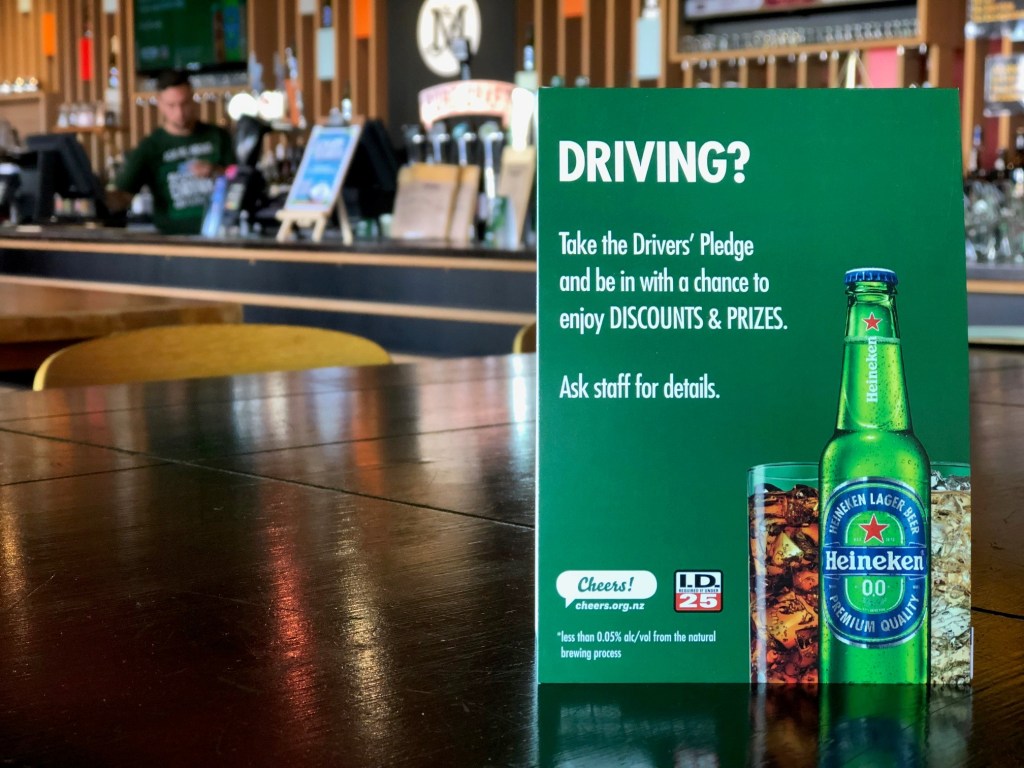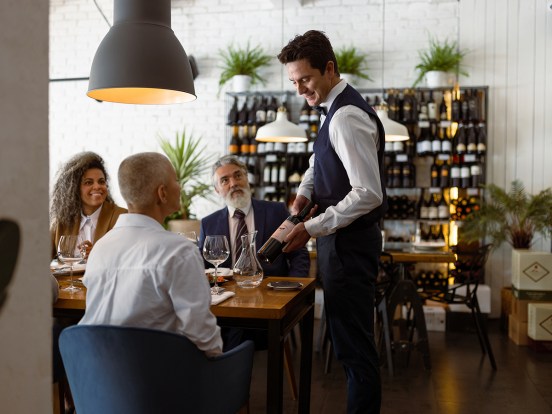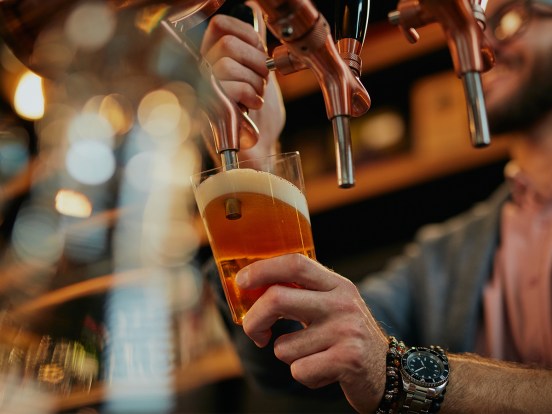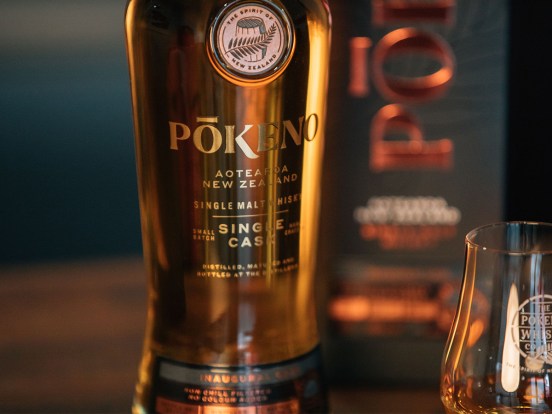Heineken has launched its latest ‘When you Drive, Never Drink’ initiative in New Zealand, with results showing potential to positively impact drink driving culture. Drink driving continues to cause harm in New Zealand, with alcohol/drugs contributing to 80 fatal traffic crashes, 144 serious injury crashes and 479 minor injury crashes in 2016.
Heineken – the world’s most international beer brand – implemented a globally designed pilot study that aimed to influence drink driving behaviour through a series of interventions in bars and restaurants based on ‘nudge theory’; a theory popularised by Richard Thaler and Cass Sunstein’s Nudge: Improving decisions about Health, Wealth and Happiness in 2008. These interventions included specially-branded signage and staff uniforms, and discounts and special offers for drivers who commit to staying alcohol-free.
Heineken piloted the interventions in five bars across Auckland and Christchurch in November with some interesting results. The control week of the study showed that in Auckland, 89% of bar patrons were driving home after consuming alcohol. In the test week, this figure dropped by 7%. Christchurch saw a 2% drop, from 84% to 82%.
Peter Simons, Managing Director of DB Breweries, says that Heineken is focused on overcoming the mindset that it is acceptable to consume alcohol before driving.
“While over the course of the pilot study we saw a small decrease in the numbers of people driving home after drinking, we also found that nine out of 10 people driving to bars and restaurants had already decided to drink alcohol and drive home before they had left the house. Many people have their own rules around how much alcohol they think they can ‘safely’ drink before driving.”
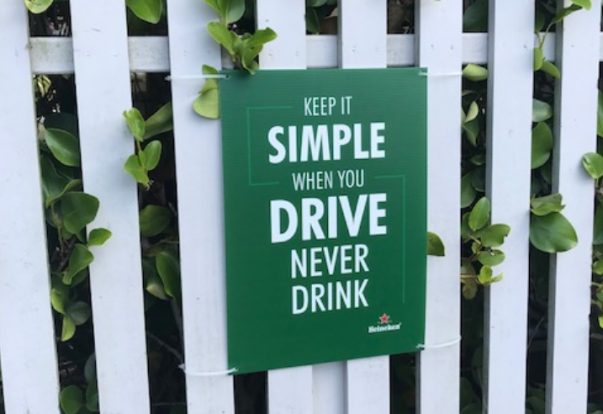
“We know that even a small amount of alcohol can affect people’s driving, with research showing that drivers with a blood alcohol level (BAC) of 0.01% are 46% more likely to be the cause of an accident than sober drivers2,” Simons says.
Simons goes on to say that, “a key insight from the experiment is that an effective intervention could be one that sways a person’s decision to drive after the consumption of alcohol before they even leave the house, or step foot inside a bar.”
“The positive changes that we’ve seen across a short timeframe in the pilot study suggest that a sustained programme of work could have a real impact on drink driving behaviour in New Zealand. The ‘When You Drive, Never Drink’ pilot study provides us with useful insights that will help inform our longer term behavioural change work.”
Heineken is strongly committed to leading the responsible consumption of alcohol across the globe and the ‘When You Drive, Never Drink’ programme is a key step in the mission to reduce drink-driving behaviour worldwide. Every year, the brand invests at least 10% of its media spend on responsible consumption campaigns.
Sources
- NZTA, Alcohol and drugs, 2017. (https://www.transport.govt.nz/assets/Uploads/Research/Documents/Alcohol-drugs-2017.pdf)
- Journal of Injury Prevention, Official blame for drivers with very low blood alcohol content: there is no safe combination of drinking and driving, 2015. (https://injuryprevention.bmj.com/content/21/e1/e28)
About the study
Participating New Zealand bars
- Auckland: The Postman’s Leg, The Zookeeper’s Son, The Merchant
- Christchurch: The Pegasus Arms, Morrell & Co
Methodology
Research was conducted by Big Picture, an independent market insights agency, across five bars (three in Auckland and two in Christchurch) over two weeks in November. Control data was collected in the first week over three nights (Wed-Fri) without any interventions in the bar environment. Data was collected again in the following week (Wed-Fri) with all the interventions in place. Data was collected through exit surveys (1,256 respondents), in-bar observations and an analysis of sales figures. Each bar received the same set of interventions. The Postman’s Leg received an additional intervention (carpark signage)
The interventions included:
 Clear availability of alcohol-free drinks and 0.0% beers*
Clear availability of alcohol-free drinks and 0.0% beers*- Food incentives for drivers
- Reward and commitment card for drivers
- Ice bucket with 0.0% beers* at the bar
- Branded ‘When You Drive, Never Drink’ t-shirts for bar staff
- Branded bar mats directing people to alcohol free drinks and 0.0% beers*
- Branded ‘When You Drive, Never Drink’ key rings
- A ‘When You Drive, Never Drink’ decision tree poster
- Branded table talkers
- Digital signage
- Outdoor signage
- Carpark signage (The Postman’s Leg only)
*less than 0.05% alc/vol from the natural brewing process
Interventions that had a particularly strong effect included branded T-shirts with 64% awareness, followed by table talkers (37%) and outdoor signage (33%).


